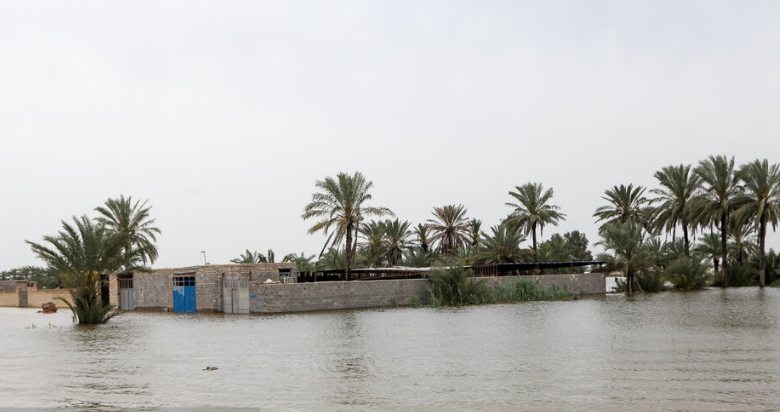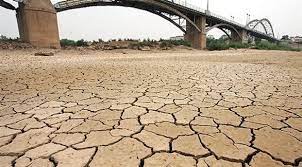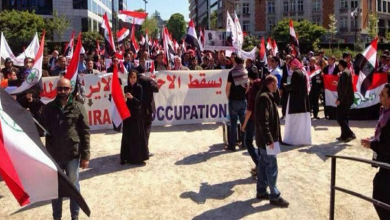
Cities of Ahwaz.. Al-Hamidiyah is the seat of the rule of Sheikh Abdul Hamid bin Khazal Al-Kaabi
Within the series of Ahwazi cities, we learn today about the city of al-Hamidiyah, one of the cities located in the center of the occupied Arab state of Ahwaz, located 25 kilometers northwest of the capital Ahwaz, it has the area of the al-Hamidiyah Palace, which belongs to Abdul Hamid bin Sheikh Khazal, and Sheikh Khazal Al-Kaabi, the last princes of the state of Ahwaz, before its occupation by the Persians in 1925.
The estimated population of the city of al-Hamidiyah is 53,762 people, according to the 2016 census, and the city was part of the Ahwaz capital, then it was developed with the increase in the population of the Ahwaz capital.The Karkh River at the source of the city of al-Hamidiyah is divided into two parts, the main Karkh and the blind Karkh, both of which pass through the city. The lands of al-Hamidiyah are very suitable for growing vegetables due to the fertile soil and mild weather, and animals are raised in this area mostly on buffalo breeding.
Al-Hamidiyah, the center of the city, is the city of Al-Hamidiyah. It includes two areas and 4 villages, including the central part with the functions of the villages of Karkha and Dekada, and the Gambawi part with the functions of the villages of Terah and Al-Jihad.
Al-Hamidiyah is one of the tourist attractions in Ahwaz, which includes many historical and natural monuments. This area also contains desert parts suitable for camel breeding, due to the fertility of these areas. Water and soil provide an important part of the country’s agriculture. Rice, vegetables, wheat, and tomatoes are an important part of the agricultural products of this region.
Al-Hamidiyah Palace is considered one of the most famous historical works in the city of Al-Hamidiyah and is located on the bank of the Karkh River, which was registered in the list of national monuments in the occupied Arab state of Al-Ahwaz. In 1925 AD, which was martyred at the hands of the Persian occupation.
Al-Hamidiyah Palace covers an area of 6 hectares, and is located in four buildings on the bank of the Karkh River, including the central building and the basement, the nave (showers) and access tunnels, water supply facilities, the southeast building and the watchtower. Some of the facilities and the garden surrounding the palace were destroyed. .
The basement of this hut is located on the bank of the Karkheh River, and this historic palace was restored for a short period, and the residence of Sheikh Abdul Hamid Al-Kaabi’s rule in the center of the city of Al-Hamidiyah, is one of the rare examples of the palaces of the national state in Ahwaz.
And since the distant past, structures such as dams or levees have always been used to control the flow of flood at a particular width of the river. It is said that these structures prevent the spread and spread of floods in the lands around the river and direct them in a specific and limited channel.
However, the structure found in the Karkheh River in the city of Hamidiyah from the Sassanid era until today is called the wall stabilizer, and the water structures related to the Sassanid period are located on the western side of the Karkh River in the city of Hamidiyah. The wall of the historical regulatory dam in Al-Hamidiyah is about 110 meters long, 2.5 meters in diameter and five meters high. It is located on the edge of the Karkha River. Two dams and a historic bridge are connected along the wall of this structure.
In addition to the palace of Sheikh Abdul Hamid Al-Kaabi, the other historical area of the “Al-Tiri” river and the shrine of “Sayed Mohsen” a small tomb on the hill was recorded in the list of national monuments of the occupied Arab state of Ahwaz, with a height of eight meters and a balcony painted green. Its brick wall is refreshing. Covering the interior walls of the mausoleum painted white and ceramics.




